Things to do in Copenhagen: 15 Highlights for Your First Visit
Planning a city trip to Copenhagen soon? Great choice! The Danish capital combines historical charm with a hip, modern vibe. Whether you’re into architecture, culture, nature, or simply love wandering the lively streets, Copenhagen offers something for everyone. In this article, you’ll discover 15 must-see highlights for your first visit to Copenhagen. That way, you’ll know the best things to do in Copenhagen and make the most of your trip.
1. The Round Tower
The Round Tower (Rundetårn) is one of Copenhagen's best-known landmarks. This 17th-century observation tower, commissioned by King Christian IV, was once part of a university complex. Today, it is a popular attraction. Visitors reach the top by walking up a spiral corridor. At the very end, you climb a short flight of stairs, but the reward is worth it: a stunning view over Copenhagen’s rooftops. The Round Tower houses Europe's oldest working observatory, where amateur astronomers still study the stars and planets. Halfway up the tower you’ll find an old library hall, which regularly hosts exhibitions and concerts.
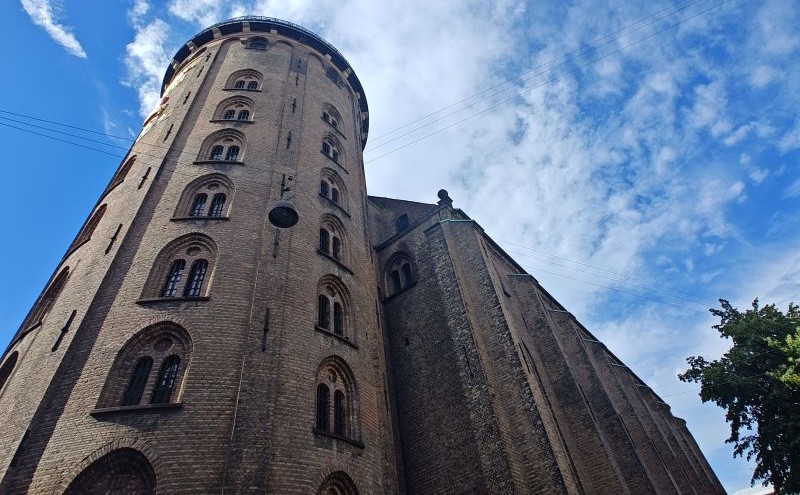
2. Nyhavn
Nyhavn is one of the most iconic places to visit in Copenhagen. This harbour, with its picturesque houses and bobbing boats, was built in the 17th century as a gateway to the city. It was once a rough-and-tumble neighbourhood, where sailors from all over the world spent their time in the many pubs and brothels. But Nyhavn also attracted artists and writers, including Hans Christian Andersen, who wrote some of his fairy tales here. Today, Nyhavn is a tourist hotspot. The old colourful warehouses have been transformed into charming cafés and restaurants. You can enjoy a local beer at one of the many outdoor cafés. The cosy and reasonably priced Havfruen is a great spot to try fresh fish and seafood.
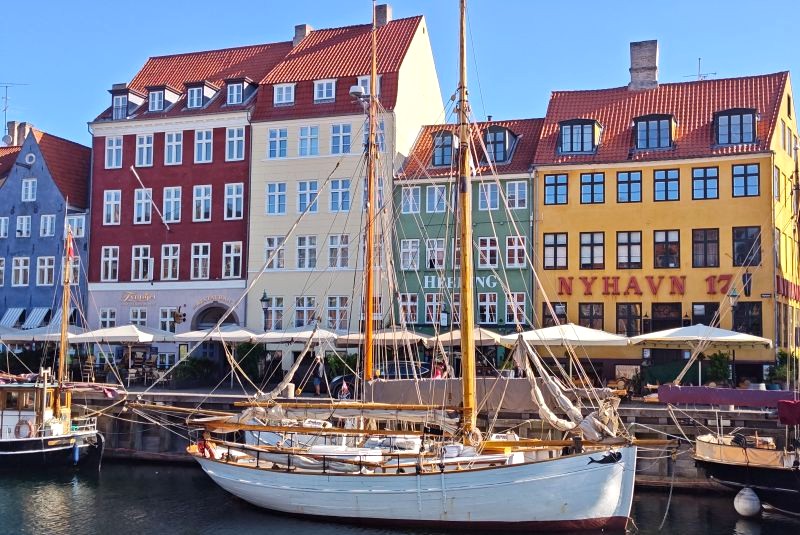
3. Tivoli Gardens
Tivoli Gardens, in the heart of Copenhagen, is one of the oldest amusement parks in the world. Since 1843, Tivoli has attracted visitors of all ages. As soon as you pass the entrance, you are immersed in Tivoli's fairytale atmosphere. You will discover exciting attractions such as a wooden roller coaster from 1914 and a giant carousel offering spectacular views of Copenhagen. But Tivoli is much more than just an amusement park. Stroll through beautiful gardens, and along the way you’ll find charming shops, restaurants, and even a food hall. In the evening, the park is beautifully illuminated, and you can enjoy concerts, theatre performances, or spectacular sound-and-light shows.
Tip: To skip the queues at the box office, it’s best to purchase your ticket online. You can choose between a park-only ticket or a ticket that includes unlimited rides, which gives you full access to all attractions. Alternatively, you can buy a park-only ticket and purchase individual ride tickets on-site as needed.
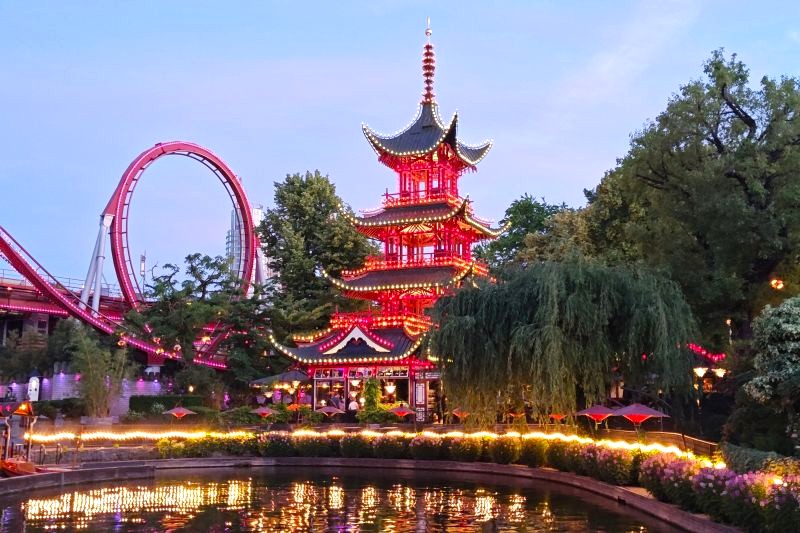
4. The Little Mermaid
The Little Mermaid is the city’s most iconic symbol. This world-famous statue, inspired by Hans Christian Andersen's fairy tale, was unveiled in 1913 and draws millions of visitors each year. Sculptor Edward Eriksen created the bronze statue at the behest of Carl Jacobsen, who was then at the helm of Carlsberg brewery. Since then, the mermaid has perched patiently on her rock by the harbour, gazing out over the water. Temper your expectations though, she is much smaller than you might imagine.
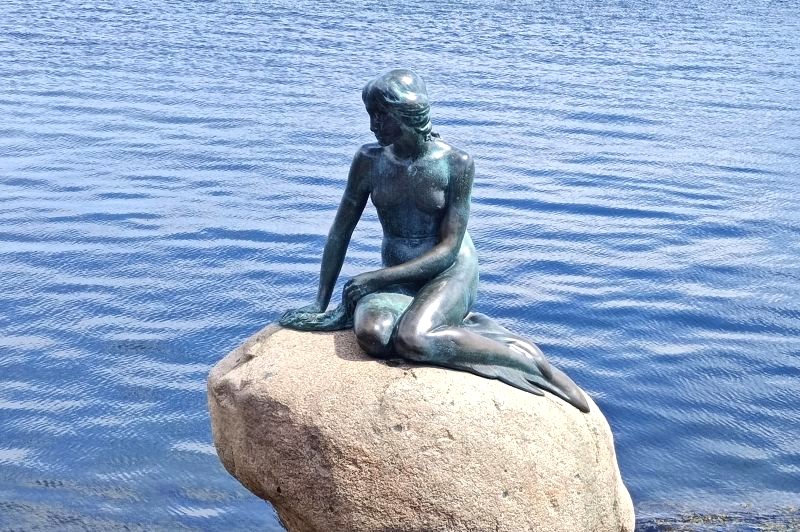
5. Botanical Garden
A visit to the Botanical Garden (Botanisk Have) of the University of Copenhagen is an experience not to be missed. Established in 1870, the garden is a living museum with more than 13,000 plant species from around the world. In this green paradise, you can wander along winding paths, past ponds and themed gardens. The highlight is the Victorian Palm House, an imposing glass greenhouse from 1874 filled with palm trees and other exotic plants. Climb up the narrow spiral staircase and admire the tropical plants from a different perspective. In the Butterfly House, colourful butterflies flutter among the pineapple plants and passion flowers, creating a magical sight.
Tip: Admission to the Botanical Garden is free. Tickets are only required to visit the Palm House and the Butterfly House, and can be purchased on-site. In one corner of the Botanical Garden, you’ll find the Natural History Museum, where you can further explore the wonders of the natural world.

6. Rosenborg Castle
In 1605, King Christian IV commissioned the construction of Rosenborg Castle, a Renaissance-style summer palace in Copenhagen. Until the early 18th century, the castle served as a summer residence for the Danish kings. Later, King Frederik IV commissioned a new palace in Frederiksberg. Since 1838, Rosenborg Castle has been open to the public as a museum. Visitors can explore the richly decorated rooms of the various Danish kings and admire the Knights' Hall with its impressive coronation throne. The Danish Crown Jewels are kept in the basement. Rosenborg Castle is adjacent to the beautiful King’s Garden (Kongens Have), a popular city park with expansive lawns, a rose garden, and numerous statues and fountains.
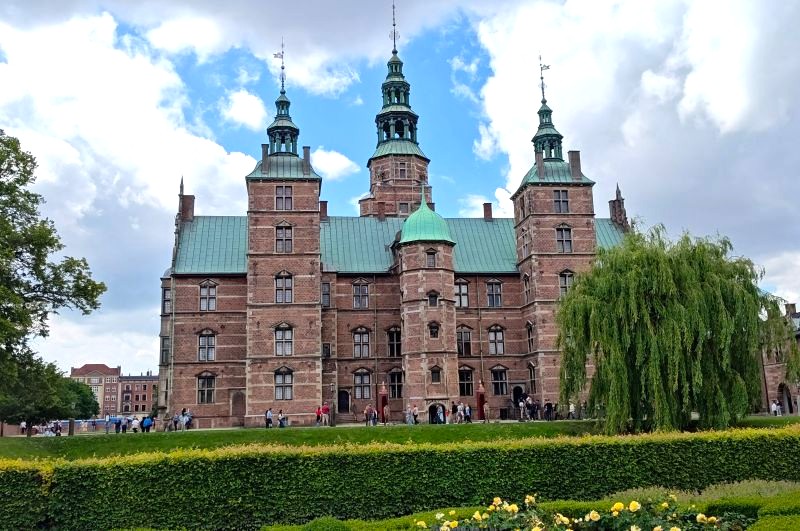
7. Amalienborg
Amalienborg is the official residence of the Danish royal family in Copenhagen. This impressive complex comprises four nearly identical rococo-style palaces arranged around an octagonal square. Each palace is named after a Danish monarch. The royal guards, wearing traditional uniforms with distinctive fur hats, stand watch over the palaces. Each day, the guards march from Rosenborg Castle to Amalienborg. There, the changing of the guard ceremony takes place daily at noon.
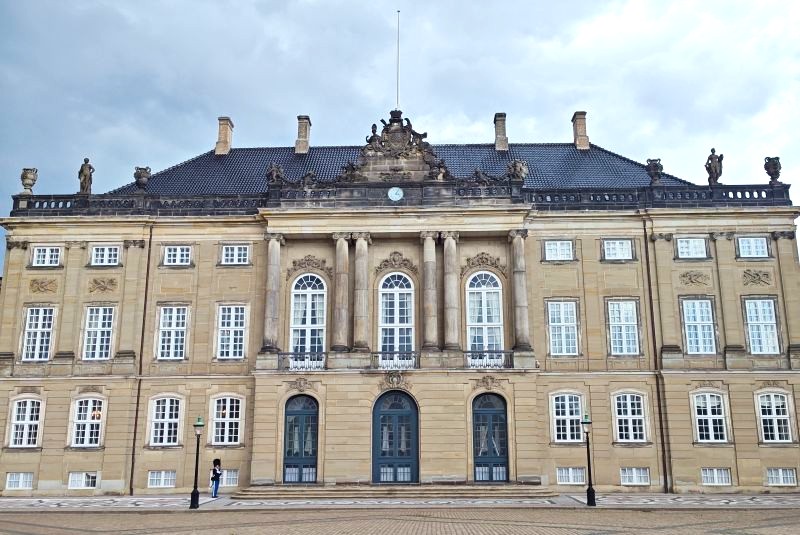
8. Marble Church
The Marble Church (Marmorkirken), officially Frederick's Church, is one of Copenhagen's most impressive structures. It owes its nickname to the large amount of marble in its design. The foundation stone was laid in 1749, but due to financial and political setbacks, the church was not completed until 1894. The church immediately catches the eye with its imposing green dome, one of the largest in Scandinavia. The architecture is inspired by St Peter's Basilica in Rome. Inside, admire elegant columns and colourful frescoes.
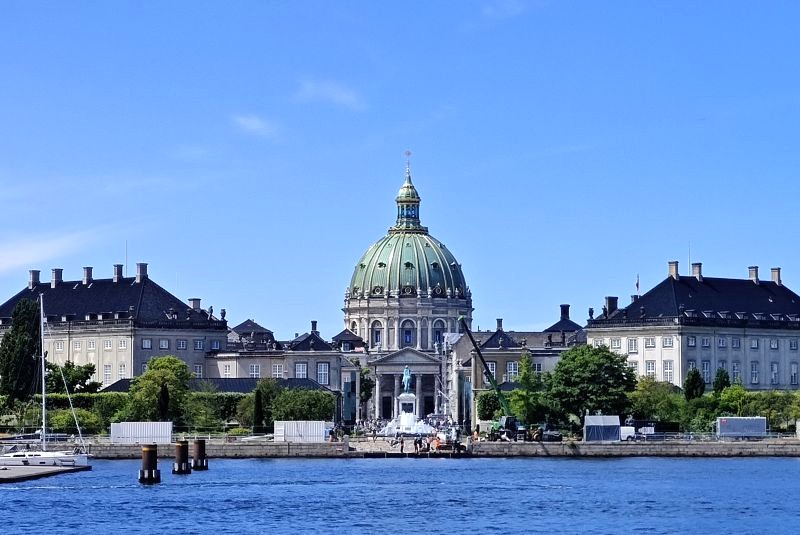
9. Ny Carlsberg Glyptotek
One of Copenhagen's finest museums is the Ny Carlsberg Glyptotek, founded by the Carlsberg brewing family. The museum houses an impressive collection of art and archaeological artifacts from ancient Egypt, Greece and Rome, combined with French and Danish masterpieces from the 19th and 20th centuries. The building is an architectural gem. In the winter garden, with its marble statues and palm trees, you can relax completely. The museum also has a café, a museum shop and a roof terrace overlooking the Tivoli amusement park and the city.
Tip: It's best to buy your museum ticket online to avoid queues. On the last Wednesday of each month, admission to the Glyptotek is free.
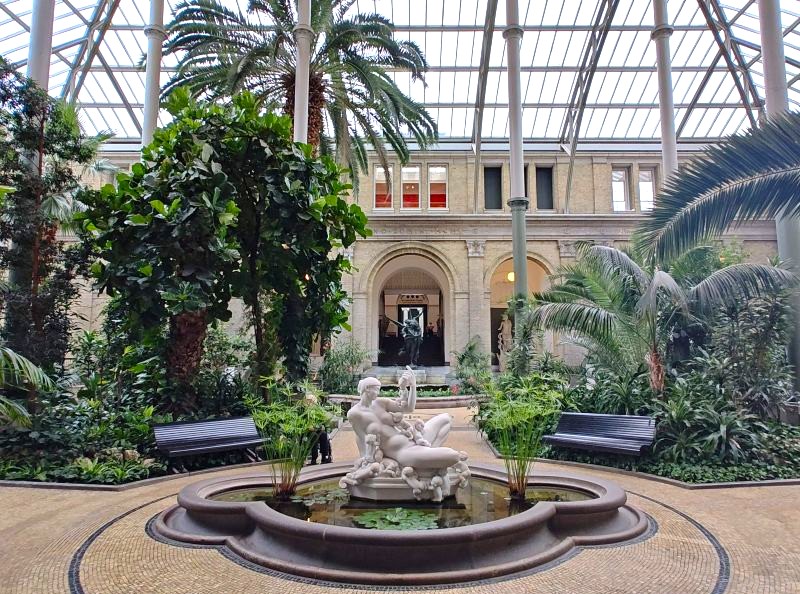
10. Louisiana Museum of Modern Art
The Louisiana Museum of Modern Art is located just outside Copenhagen, but is definitely worth the trip. Louisiana offers a unique blend of modern art, architecture, and breathtaking sea views. You will discover works by renowned artists such as Picasso, Warhol, and Hockney. There are often fascinating temporary exhibitions. Don't forget to also explore the beautiful sculpture garden, where art and nature blend harmoniously.
Tip: From central Copenhagen, it takes about forty minutes by train to reach Humlebæk. From the station, it’s roughly a ten-minute walk to the museum. Train tickets can easily be purchased from the ticket machines at the stations.
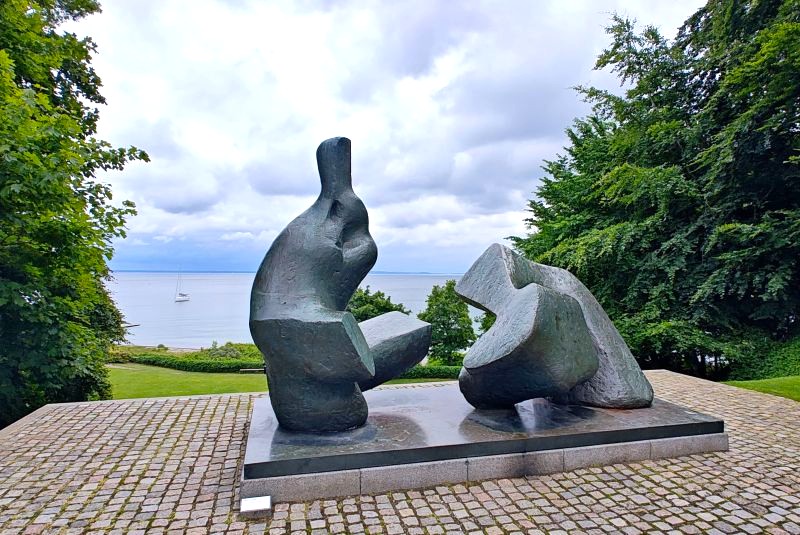
11. Christiansborg Palace
On the island of Slotsholmen, right in the centre of Copenhagen, stands the imposing Christiansborg Palace. This stately palace houses the Danish parliament, the Supreme Court and the royal reception rooms. You can visit different parts of the palace, including the royal stables, the carriage museum and the underground ruins of former castles. Be sure to climb the Christiansborg tower for stunning panoramic views of the city. Good to know: admission to the tower is free.

12. The Black Diamond
The Royal Library (Det Kongelige Bibliotek) in Copenhagen is the largest library in Northern Europe. Located on the island of Slotsholmen, the main building received a spectacular modern extension in the late 1990s: The Black Diamond. The exterior of this striking building is clad in gleaming black granite, while the interior is inspired by the Northern Lights. Inside, you will find much more than just books. The Black Diamond houses an exhibition space, a shop and a coffee bar overlooking the water, among other things.
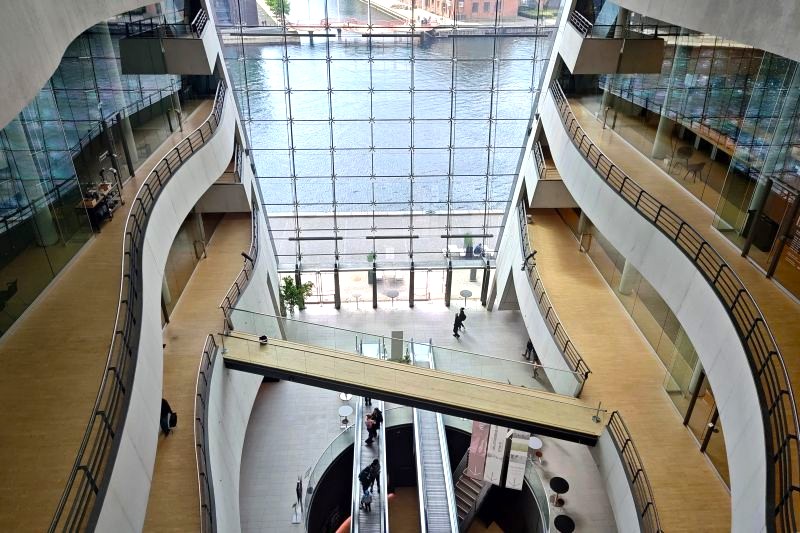
13. Opera
The Danish National Opera (Operaen), designed by Danish architect Henning Larsen, is one of Copenhagen's most striking modern buildings. Located on the island of Holmen, almost entirely surrounded by water, the building opened its doors in 2005. Its shape is reminiscent of the bridge of a ship. You can go there for operas, ballet performances and concerts, or join a behind-the-scenes tour. Inside, the ceilings and walls are richly decorated with gold leaf. Standing in front of the entrance, you will enjoy magnificent views of Amalienborg Palace and the Marble Church across the water.
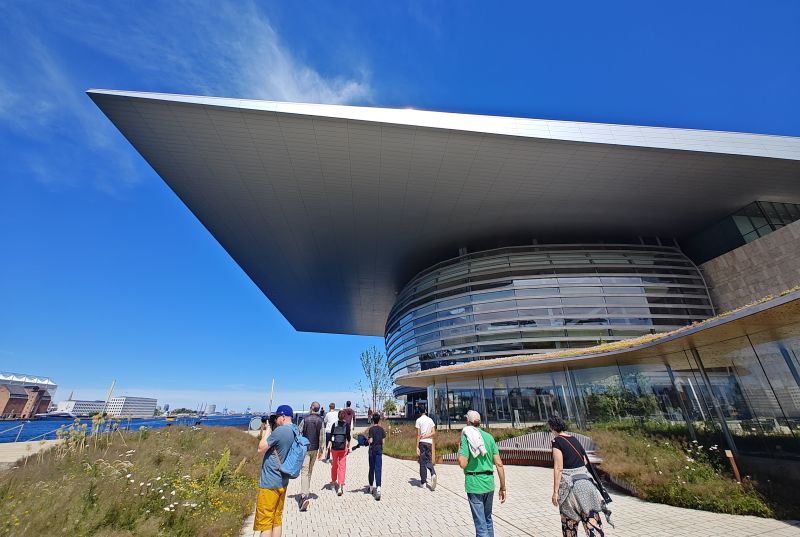
14. Kongens Nytorv
The Elegant Kongens Nytorv, a stone's throw from Nyhavn, was laid out in the 17th century. Around the green central square, which features the statue of King Christian V, stand several imposing buildings, including the Royal Theatre, the exclusive Hotel D’Angleterre, and the Magasin du Nord department stores. You will also find stalls selling Danish hot dogs. In winter, Kongens Nytorv is also the setting for a cosy Christmas market.
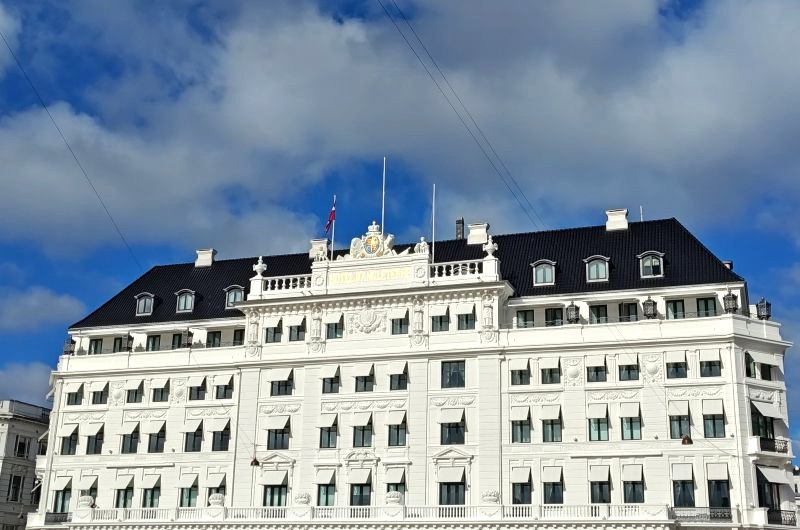
15. Torvehallerne
Feeling hungry after all that sightseeing? Then head to Torvehallerne, a fun culinary hotspot close to Nørreport Station. This modern glass and steel market hall houses more than 60 food stalls. Foodies will discover local specialities, artisanal delicacies and international dishes here. Torvehallerne is definitely not a tourist trap, but a place where locals come to shop or enjoy a coffee.
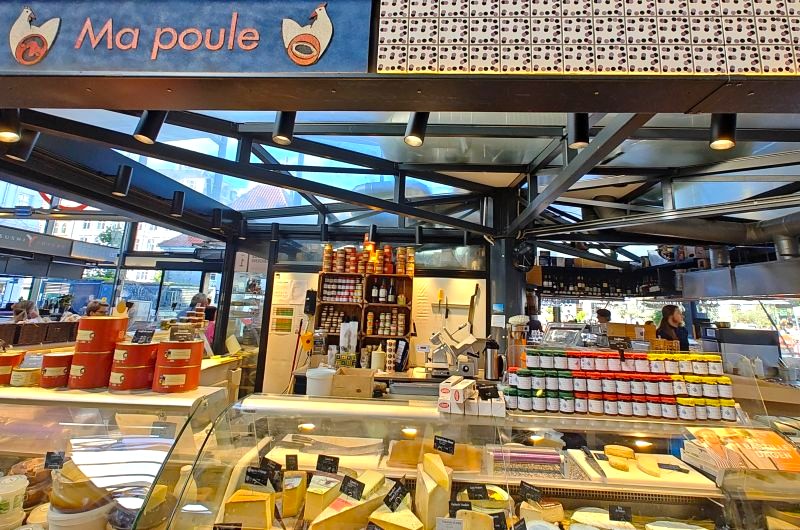
Practical Tips for Your Visit to Copenhagen
With these 15 highlights, you will already have a well-rounded plan for your first visit to Copenhagen. Some more practical tips to make your city trip go smoothly:
- Public transport in Copenhagen is excellent. The city boasts a state-of-the-art metro network with unmanned metros running day and night. You can also get around easily by bus, harbour bus or S-tog (a cross between a metro and a train). Buy your tickets at the ticket machines in the stations or via the handy DOT Tickets app.
- Explore Copenhagen on foot or by bike. Rent a bike and experience the city like the locals do. Copenhagen is bike-friendly and safe. Also, be sure to bring comfortable shoes, as you will likely cover many kilometres on foot.
- If you plan to visit several museums or sights, a Copenhagen Card is definitely worthwhile. You save big on entrance fees, avoid queues and get free use of public transport. More info can be found at this website.
- Want to soak up the local atmosphere and experience the city in an alternative way? Then take a look at our list of hidden gems off the beaten track.
This article contains some affiliate links. This means we receive a small commission if you book or purchase through our recommendations. It doesn’t cost you anything extra, but it does help support this blog. Thank you for helping Into the North continue to grow!